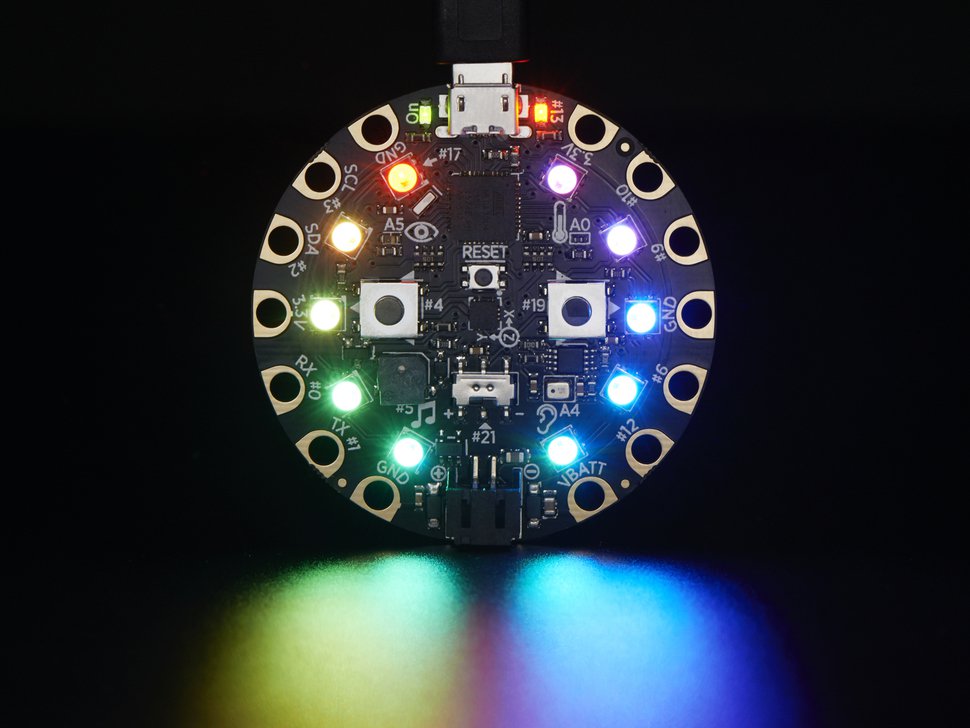|
Copy and paste this document onto a Word document on this computer.
Program Purpose and Development 2a. Provide a written response or audio narration in your video that: □ identifies the programming language; w identifies the purpose of your program; and □ explains what the video illustrates. (Must not exceed 150 words) 2b. Describe the incremental and iterative development process of your program, focusing on two distinct points in that process. Describe the difficulties and/ or opportunities you encountered and how they were resolved or incorporated. In your description clearly indicate whether the development described was collaborative or independent. At least one of these points must refer to independent program development. (Must not exceed 200 words) 2c. Capture and paste a program code segment that implements an algorithm (marked with an oval in section 3 below) and that is fundamental for your program to achieve its intended purpose. This code segment must be an algorithm you developed individually on your own, must include two or more algorithms, and must integrate mathematical and/or logical concepts. Describe how each algorithm within your selected algorithm functions independently, as well as in combination with others, to form a new algorithm that helps to achieve the intended purpose of the program. (Must not exceed 200 words) 2d. Capture and paste a program code segment that contains an abstraction you developed individually on your own (marked with a rectangle in section 3 below). This abstraction must integrate mathematical and logical concepts. Explain how your abstraction helped manage the complexity of your program. (Must not exceed 200 words) 3. Program Code: Capture and paste your entire program code in this section. › Mark with an oval the segment of program code that implements the algorithm you created for your program that integrates other algorithms and integrates mathematical and/or logical concepts. › Mark with a rectangle the segment of program code that represents an abstraction you developed. › Include comments or acknowledgments for program code that has been written by someone else. Copy and paste this document into a Word document on your computer.
Computational Artifact 2a. Provide information on your computing innovation and computational artifact. □Name the computing innovation that is represented by your computational artifact. □Describe the computing innovation’s intended purpose and function. □Describe how your computational artifact illustrates, represents, or explains the computing innovation’s intended purpose, its function, or its effect. (Must not exceed 100 words) 2b. Describe your development process, explicitly identifying the computing tools and techniques you used to create your artifact. Your description must be detailed enough so that a person unfamiliar with those tools and techniques will understand your process. (Must not exceed 100 words) Computing Innovation 2c. Explain at least one beneficial effect and at least one harmful effect the computing innovation has had, or has the potential to have, on society, economy, or culture. (Must not exceed 250 words) 2d. Using specific details, describe: □the data your innovation uses; □how the innovation consumes (as input), produces (as output), and/or transforms data; and □at least one data storage concern, data privacy concern, or data security concern directly related to the computing innovation. (Must not exceed 250 words) References 2e. Provide a list of at least three online or print sources used to create your computational artifact and/or support your responses through in-text citation to the prompts provided in this performance task. □At least two of the sources must have been created after the end of the previous academic year. That means from June 2017 to now! □For each online source, include the complete and permanent URL. Identify the author, title, source, the date you retrieved the source, and, if possible, the date the reference was written or posted. □For each print source, include the author, title of excerpt/article and magazine or book, page number(s), publisher, and date of publication. □If you include an interview source, include the name of the person you interviewed, the date on which the interview occurred, and the person’s position in the field. □Include in-text citations for the sources you used. □Each source must be relevant, credible, and easily accessed. |
Archives
November 2019
IdeasThis is a space for answering student and reader questions, explaining techniques and assignments, and sharing thoughts on art and computer science-related subjects. Studio PolicyNo personal electronic devices visible in the art classrooms. No headphones, earbuds, or headphones allowed. Art and computer science students are on task at all times. |

